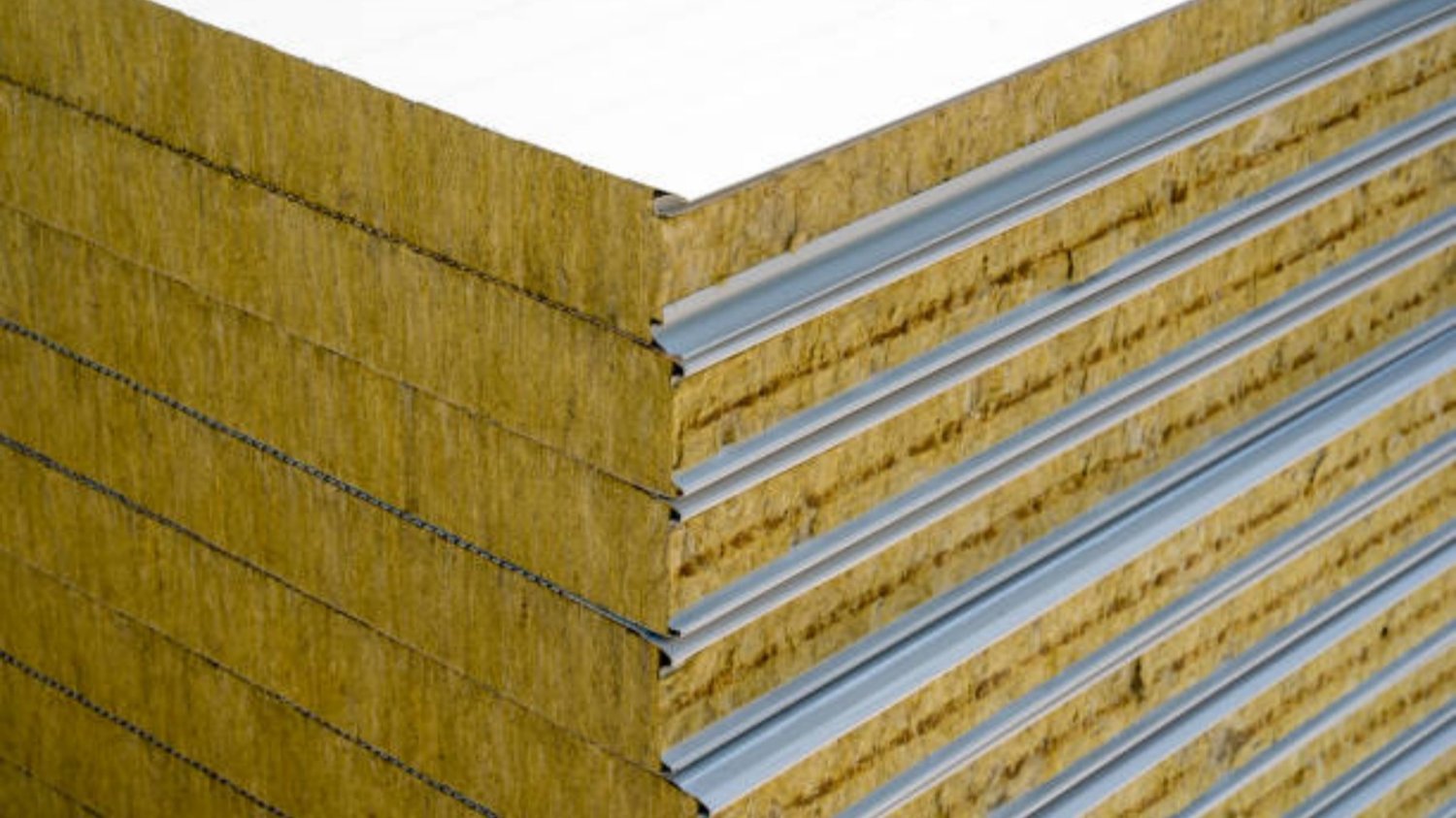The Importance of Epoxy insulation board production
Epoxy insulation boards play a crucial role in various industries where electrical insulating materials are required. These boards are known for their excellent thermal and electrical insulation properties, making them ideal for applications such as transformers, motors, generators, and other electrical equipment. In this article, we will explore the process of epoxy insulation board production, highlighting its key aspects and benefits.
The Raw Materials Used in Epoxy Insulation Board Production
Producing high-quality epoxy insulation boards begins with carefully selected raw materials. The main components include epoxy resin, hardeners, reinforcements, fillers, and additives. Epoxy resin provides the board with its structural integrity, while the hardeners ensure proper curing. Reinforcements such as glass fibers enhance the mechanical properties, while fillers improve heat resistance. Additives are used to enhance specific characteristics like flame retardancy or chemical resistance.
Preparation and Mixing of Raw Materials
Before the actual production process begins, the raw materials for epoxy insulation board production need to be prepared and mixed. The process involves accurately measuring and weighing the components according to the desired formulation. The epoxy resin, hardeners, reinforcements, fillers, and additives are then mixed together in a controlled environment to ensure a homogeneous mixture. This step is crucial in achieving consistent and reliable board properties.
Impregnation of Reinforcements
Reinforcements, such as glass fibers, are impregnated with the epoxy resin mixture to form the core structure of the insulation board. This impregnation process ensures that the resin fully saturates the fibers, providing them with mechanical strength and electrical insulation properties. The impregnated reinforcements are then arranged in specific orientations to achieve the desired mechanical and electrical characteristics of the final board.
Lamination and Curing Process
Once the reinforcements are impregnated, they are stacked and pressed together to form a multi-layered structure. This process, known as lamination, helps to create a strong bond between the layers and ensures uniformity throughout the board. The stacked layers are then placed in a mold and subjected to heat and pressure to initiate the curing process. The curing process helps the epoxy resin and hardeners react chemically, forming a rigid and durable insulation board.
Post-Curing and Finishing
After the initial curing process, the insulation boards undergo post-curing to further enhance their mechanical and electrical properties. This step involves subjecting the boards to higher temperatures for an extended period. Post-curing helps to achieve optimal resin cross-linking, resulting in improved thermal stability and electrical insulation performance. Once the post-curing is complete, the boards are trimmed, sanded, and finished to meet the required dimensions and surface smoothness.
Quality Control and Testing
Epoxy insulation board production involves rigorous quality control measures to ensure the boards meet the required standards. Various tests, such as dielectric strength, thermal conductivity, flame resistance, and mechanical properties, are conducted on samples from each production batch. These tests help to verify the insulation board's performance and reliability, ensuring they are suitable for their intended applications.
The Benefits of Epoxy Insulation Boards
Epoxy insulation boards offer several advantages over other insulation materials. Their high thermal stability allows them to withstand elevated temperatures, making them ideal for applications in demanding environments. They also exhibit excellent mechanical strength, ensuring durability and resistance to mechanical stress. Furthermore, epoxy insulation boards have low moisture absorption, maintaining their insulation properties even in humid conditions. Their dimensional stability and resistance to chemicals and solvents make them suitable for a wide range of industrial applications.
Applications of Epoxy Insulation Boards
Epoxy insulation boards find extensive use in industries such as electrical power generation, transmission, and distribution. They are commonly employed in transformers, where they provide electrical insulation between windings and core laminations. These boards are also utilized in motors and generators to ensure reliable and efficient performance. Additionally, epoxy insulation boards are used in high-voltage equipment, such as switchgear and circuit breakers, to prevent electrical breakdown and ensure safe operation.
The Future of Epoxy Insulation Board Production
As technology advances and the demand for efficient and reliable electrical equipment increases, the future of epoxy insulation board production looks promising. Ongoing research and development efforts focus on further improving the thermal stability, mechanical properties, and flame resistance of these boards. Innovations in manufacturing processes, such as automated production lines and advanced quality control techniques, aim to enhance productivity and ensure consistent product quality. With these advancements, epoxy insulation boards are poised to continue playing a vital role in the electrical industry.

